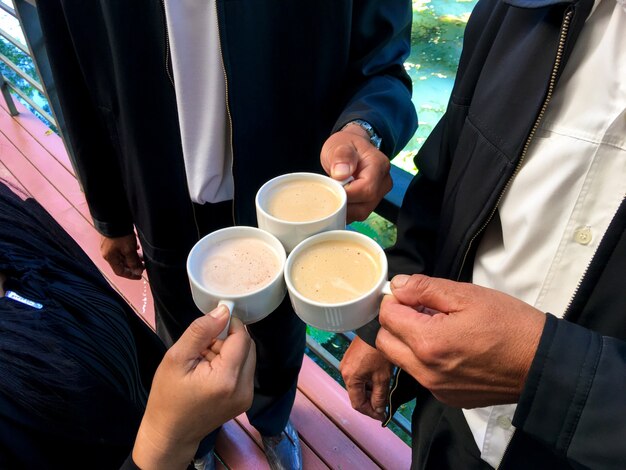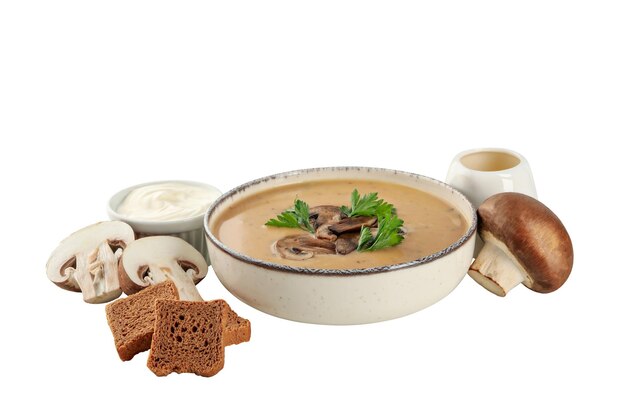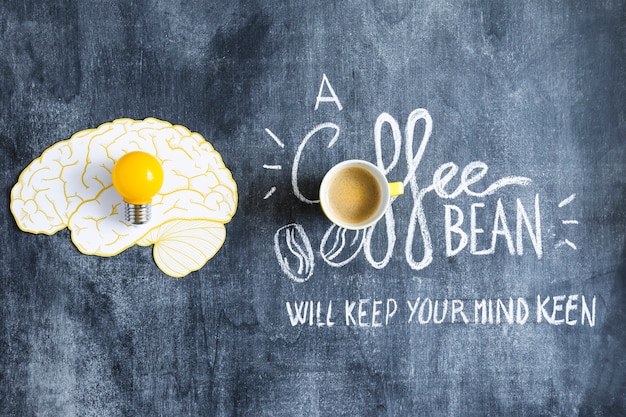The US coffee market continues to thrive as one of the largest and most dynamic in the world. With coffee being a staple beverage for millions of Americans, the industry is experiencing exciting shifts driven by consumer preferences, innovation, and sustainability concerns. From specialty coffee trends to the rise of ready-to-drink (RTD) options, the market is evolving rapidly.
In this blog, we’ll explore the current state of the US coffee market, key trends, and what’s driving consumer demand today.
Table of Contents
Overview of the US Coffee Market
The US coffee market is valued at over $100 billion, with consistent growth fueled by increasing demand for high-quality, ethically sourced, and convenient coffee options. According to industry reports, coffee consumption in the US remains high, with approximately 66% of Americans drinking coffee daily—outpacing other beverages like tea and soda.
The market is primarily divided into the following segments:

- Retail Coffee Sales (beans, ground coffee, and pods)
- Café & Specialty Coffee Shops (Starbucks, independent roasters, and boutique cafés)
- Ready-to-Drink (RTD) Coffee (bottled cold brews and canned espresso drinks)
- Home Brewing & Subscription Services
Key Trends Shaping the US Coffee Market
The coffee industry is seeing major shifts in consumer behavior and preferences. Let’s take a look at the biggest trends influencing the market today:
1. Rise of Specialty and Third-Wave Coffee
Consumers are becoming more discerning, prioritizing flavor, origin, and sustainability over generic coffee brands. The demand for single-origin, fair trade, and small-batch roasted coffee has grown significantly, leading to an expansion of third-wave coffee shops that focus on artisanal brewing techniques and ethically sourced beans.
2. The Popularity of Ready-to-Drink (RTD) Coffee
RTD coffee beverages, such as cold brews, canned lattes, and nitro coffee, have surged in popularity. Brands like Starbucks, La Colombe, and Stok are leading the charge, catering to consumers who seek on-the-go convenience without compromising taste or quality. This segment is expected to continue growing, with health-conscious consumers driving demand for low-sugar and dairy-free alternatives.
3. The Expansion of Coffee Subscriptions and E-Commerce
With more consumers brewing coffee at home, online coffee subscriptions have skyrocketed. Companies like Blue Bottle, Trade Coffee, and Atlas Coffee Club offer personalized coffee deliveries, ensuring freshness and variety. The direct-to-consumer (DTC) model allows brands to build loyalty and provide customers with curated coffee experiences.
4. Sustainability and Ethical Sourcing
Consumers are increasingly aware of the environmental and social impact of coffee production. As a result, brands are emphasizing:
- Fair trade and direct trade sourcing
- Carbon-neutral coffee roasting
- Biodegradable and compostable packaging
Big players like Peet’s Coffee and Starbucks have committed to reducing carbon footprints and supporting farmers through ethical sourcing programs.
5. Coffee and Functional Ingredients
The rise of health-conscious coffee has led to the incorporation of functional ingredients, such as:
- Adaptogens (mushroom coffee, ashwagandha-infused coffee)
- CBD coffee for relaxation and focus
- Protein-enhanced coffee for fitness enthusiasts
Consumers are looking for health benefits beyond caffeine, making these niche products an emerging segment.
Challenges Facing the US Coffee Market
Despite strong demand, the industry faces several challenges:
- Rising coffee bean prices due to supply chain disruptions and climate change.
- Competition from alternative beverages like matcha, kombucha, and energy drinks.
- Sustainability concerns, requiring brands to adopt eco-friendly practices.
- Labor shortages in cafés and roasteries, impacting service speed and quality.
The Future of the US Coffee Market
The US coffee industry is set to continue evolving, with a focus on innovation, sustainability, and personalization. As consumer preferences shift towards quality, convenience, and ethical sourcing, brands that adapt to these demands will thrive.
Whether it’s brewing specialty coffee at home, grabbing a canned cold brew, or supporting eco-conscious brands, the modern coffee consumer is shaping a dynamic and exciting future for the US coffee market.
Final Thoughts
The US coffee market remains one of the most resilient and innovative industries today. With trends like premiumization, RTD expansion, and sustainable sourcing, the landscape is constantly shifting. For coffee lovers, this means more options, better quality, and a deeper connection to the origins of their favorite brew.
Whether you prefer artisanal espresso or quick cold brews, one thing is clear—coffee culture in the US is stronger than ever.




